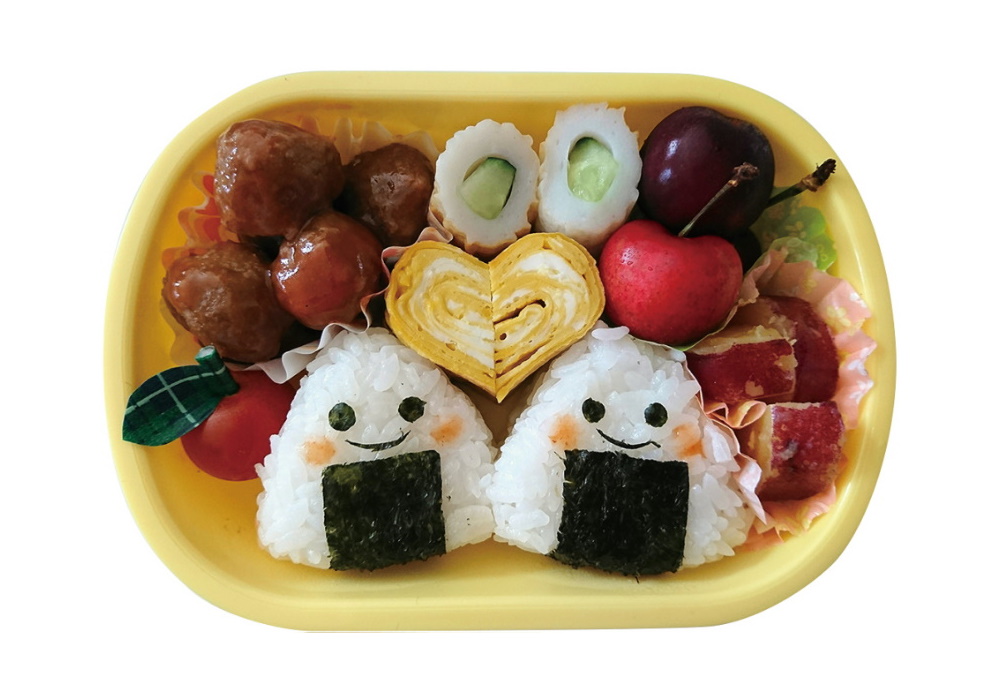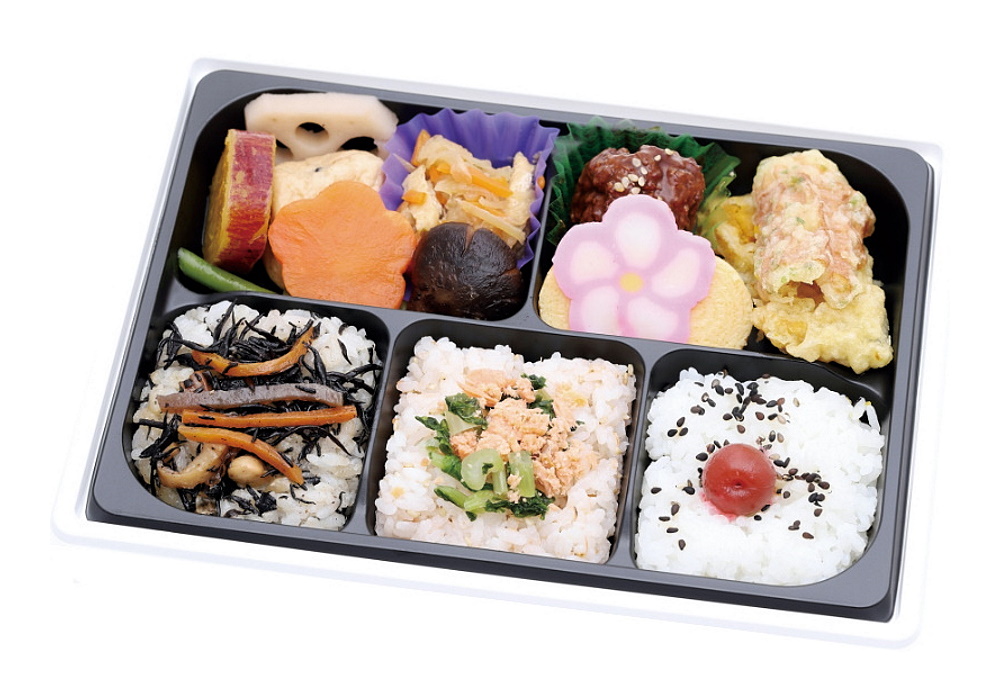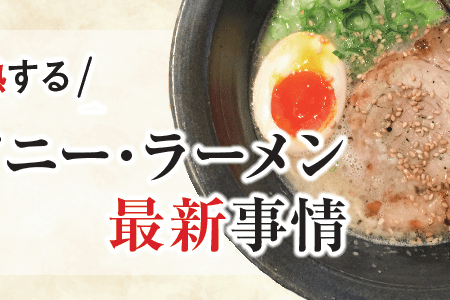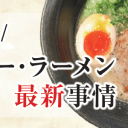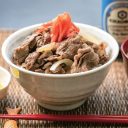TRY A TASTY JAPANESE
LUNCH BOX TODAY!
“BENTO”

Japanese lunch boxes, with their collection of numerous small dishes and appealing presentation, have grown so far in popularity that they have come to be known simply by their Japanese name, “bento”, even outside Japan. In this article, we dive into the world of bento today, and see what makes them so special.
In Japan, “bento” refers to food that can be eaten while out and about, away from home, that is stored and carried along in containers. Bento can be either a hand-made variety prepared in the home, or a commercial product bought in stores. Commonly consumed at lunch, bento often account for one of the three main meals of the day. As such, having a good nutritional makeup that offers a third of the daily requirement is an important aspect of enhancing their practical and visual appeal.
Because the dishes in a bento are combined together in a limited space, they demand different considerations to standard plating of food. There must be minimal liquid left in the food prepared, and the taste and colour of the food must change very little, even after being refrigerated or left untouched for some time. Food that goes off easily is avoided, and ingredients that have to be cooked before consumption must be well done. Pungent foods are often avoided as well as they can fill the bento with their odour, give off a strong smell when opened, or even affect the taste of other dishes. Rice can spoil if added while hot, and must be added after it has cooled. These and other techniques are crucial.
Overseas in Australia and elsewhere, Japanese-style bento most commonly appear on the menus of Japanese restaurants. In Japan, however, the bento was originally designed to provide a meal for those out for the day’s labour and unable to return home to eat. As such, bento are found in many different places. Not only are bento often brought to the office or school for lunch, they are also commonly taken along to picnics, flower-viewing parties and other excursions.
There are many types of bento in Japan, such as bento made at home and taken to the office or school for lunch, those sold at specialised bento shops, bento called “ekiben” that are made for long train rides, convenience store bento, chef-made bento served at restaurants, and more. Nowadays, bento can be found in all sorts of new forms, ranging from those arranged in the shape of popular characters and featured alongside photographs on Instagram and other forms of social media, to the sushi sandwich style called “onigirazu”. Bento are made not just to be eaten, but to be enjoyed and to give joy, and it is this sense of entertainment that defines the bento of today.

